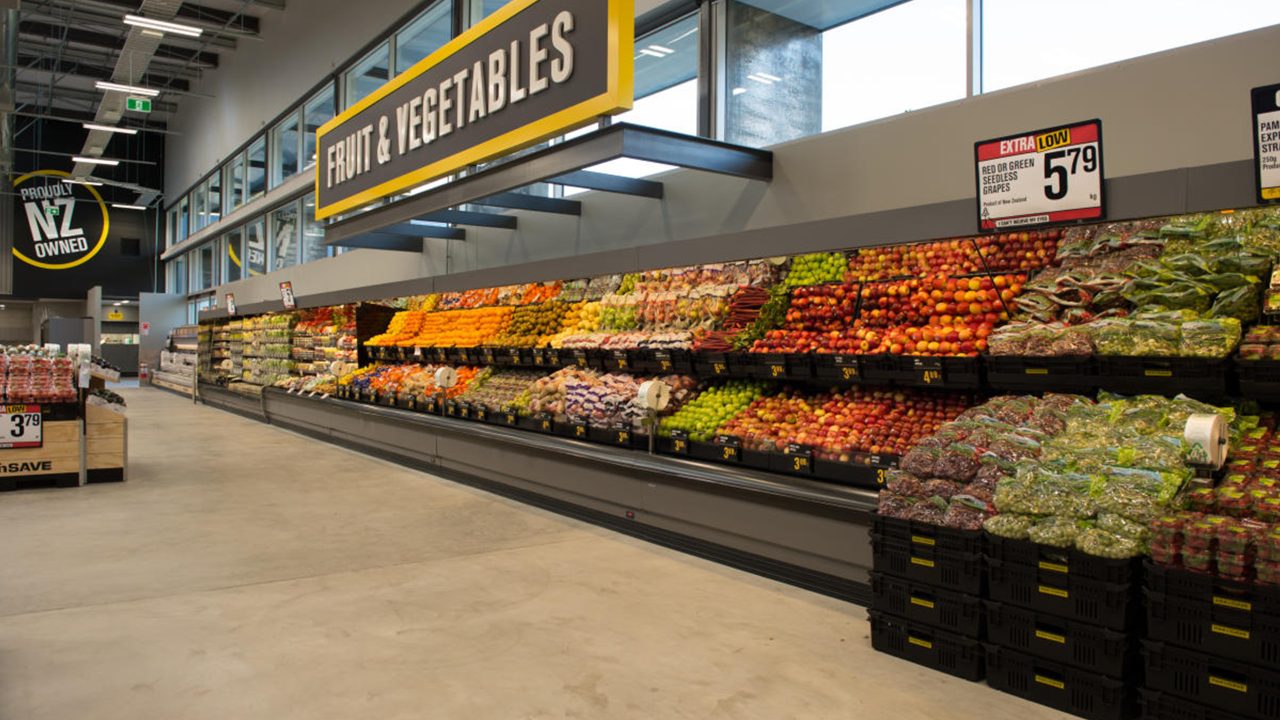In December 2023, supplier costs for Foodstuffs New Zealand supermarkets remained elevated, showing a 4.5% increase compared to the same period the previous year, according to the Infometrics-Foodstuffs New Zealand Grocery Supplier Cost Index (GSCI).
However, there was a noteworthy moderation in the annual pace of change, providing insights into the intricate dynamics of the grocery supply chain.
Infometrics Chief Executive and Principal Economist, Brad Olsen, highlighted the unique characteristics of the December index.
"Although costs are higher than a year ago, the index in December was unchanged month-on-month from November 2023 as a result of the usual summer cost change moratorium on most items."
This practice, common in various industries, aims to minimise system changes and ensure uninterrupted trading for customers during the holiday season.
December traditionally witnesses a static index, with the same pattern observed in 2018, 2020, and 2021.
"Many items remain the same in cost, with only more seasonal and perishable items changing," Olsen noted.
The GSCI, commissioned by Foodstuffs New Zealand, monitors the change in the list cost of grocery goods charged by suppliers to the Foodstuffs North Island and Foodstuffs South Island cooperatives. Drawing on detailed data across over 60,000 products stocked in their 500+ stores, it stands as the largest dataset of its kind in New Zealand, providing a real-time view of supplier cost changes.
Supplier costs, a crucial component of supermarket prices, constitute two-thirds of the on-shelf price.
"Every month, the Index tracks what it costs supermarkets to buy the goods to put on the shelf."
Despite the unchanged index, December 2023 witnessed more items increasing in cost than the typical December, with a larger magnitude compared to the past two years.
"Just over 1,900 items increased in cost this December—far less than the 5,200+ monthly increases seen on average in the rest of 2023, as a result of the moratorium, but still considerably higher than the 370 items that rose in cost in December 2020."
A notable shift was observed in the nature of cost increases, with 18% experiencing a rise of more than 20%—a significant increase from the 12% recorded in December 2020. Two-thirds of departments recorded no change in December 2023 compared to November, yet all departments still reported higher supplier costs than a year ago due to prior increases.
Discussing specific changes in costs, Olsen stated, "Seasonal and perishable items continued to see some changes in cost, including some seafood and meats which saw marginal increases.
"Produce costs also increased, driven by higher fruit costs such as plums and strawberries. However, a number of summer vegetables also saw falls in costs, like for avocados and tomatoes."
Looking ahead, Olsen expressed optimism about a likely continued moderation in supplier cost increases in 2024. However, he warned, "The recent spike in shipping costs risks re-inflaming supply chain concerns globally."
As the grocery industry navigates these challenges, the GSCI provides a valuable tool for stakeholders to gauge and respond to fluctuations in supplier costs.











